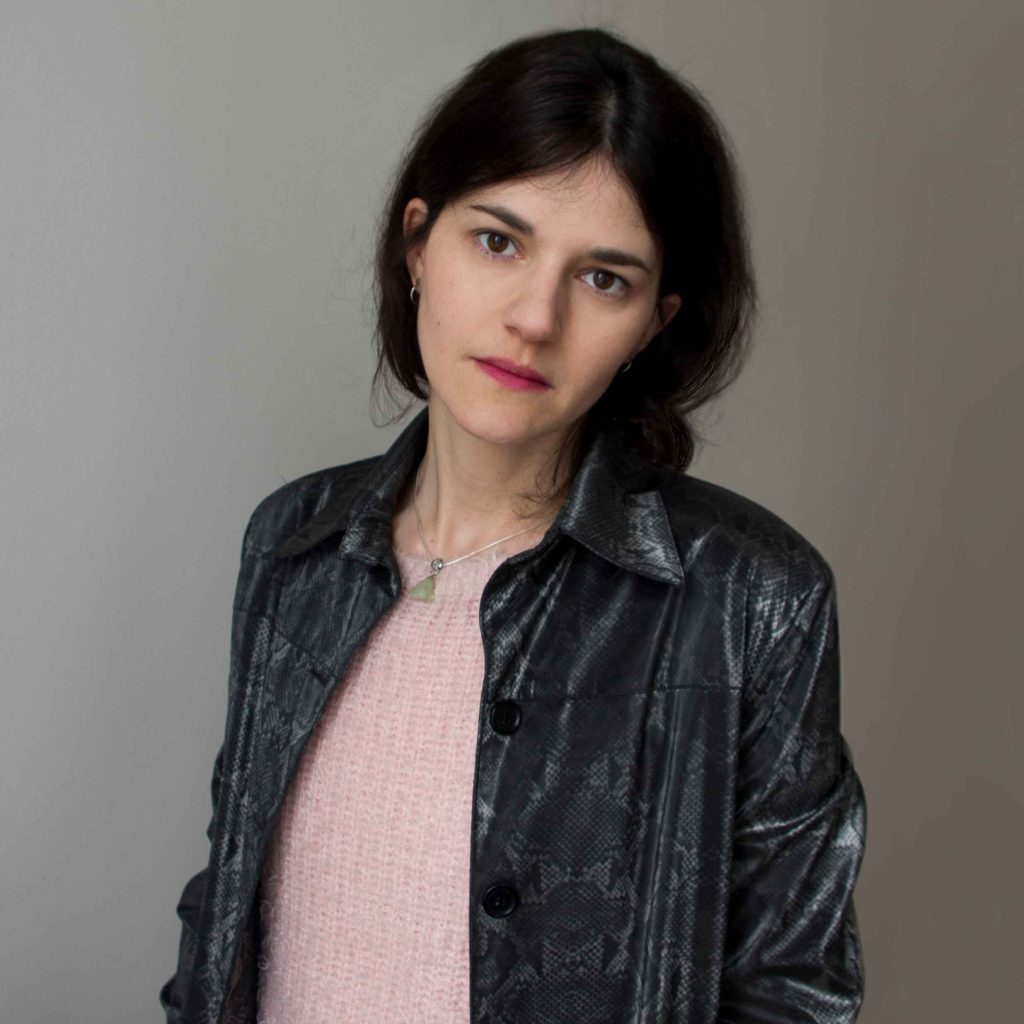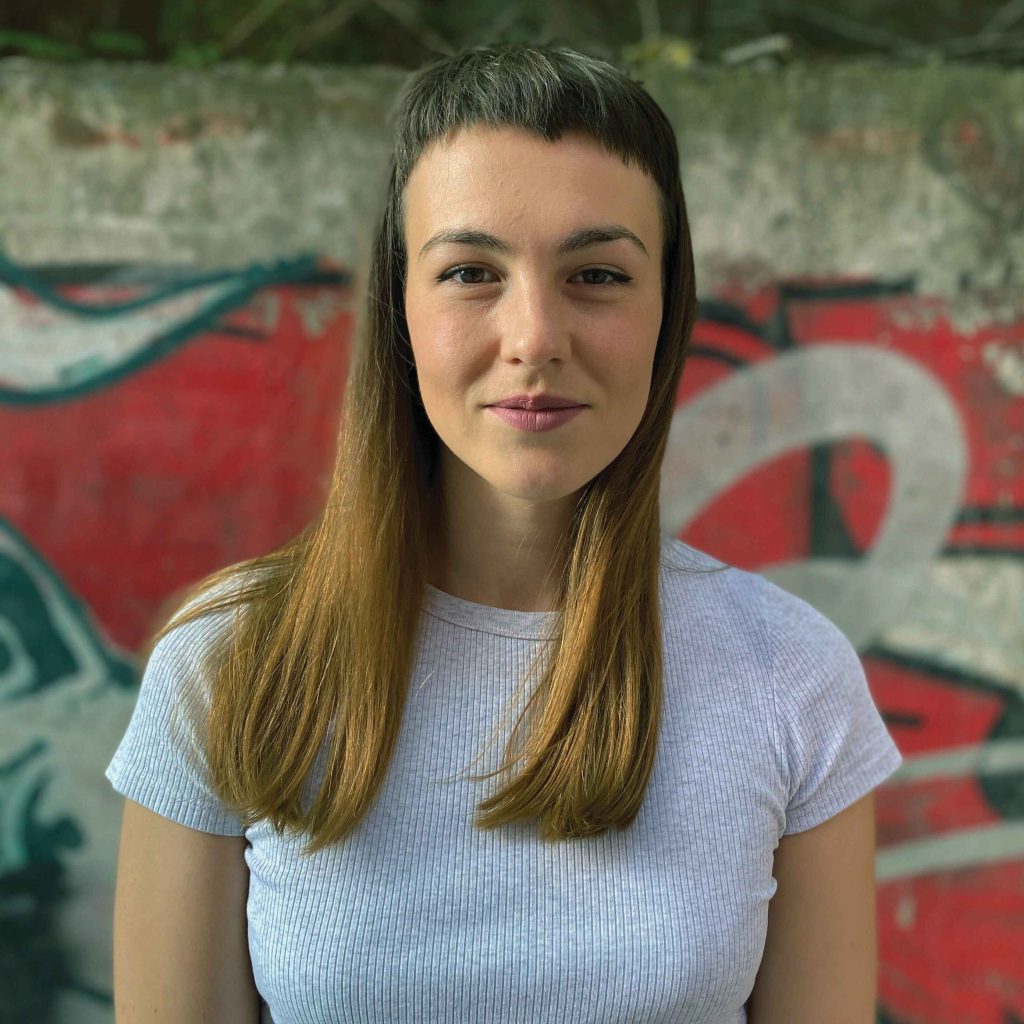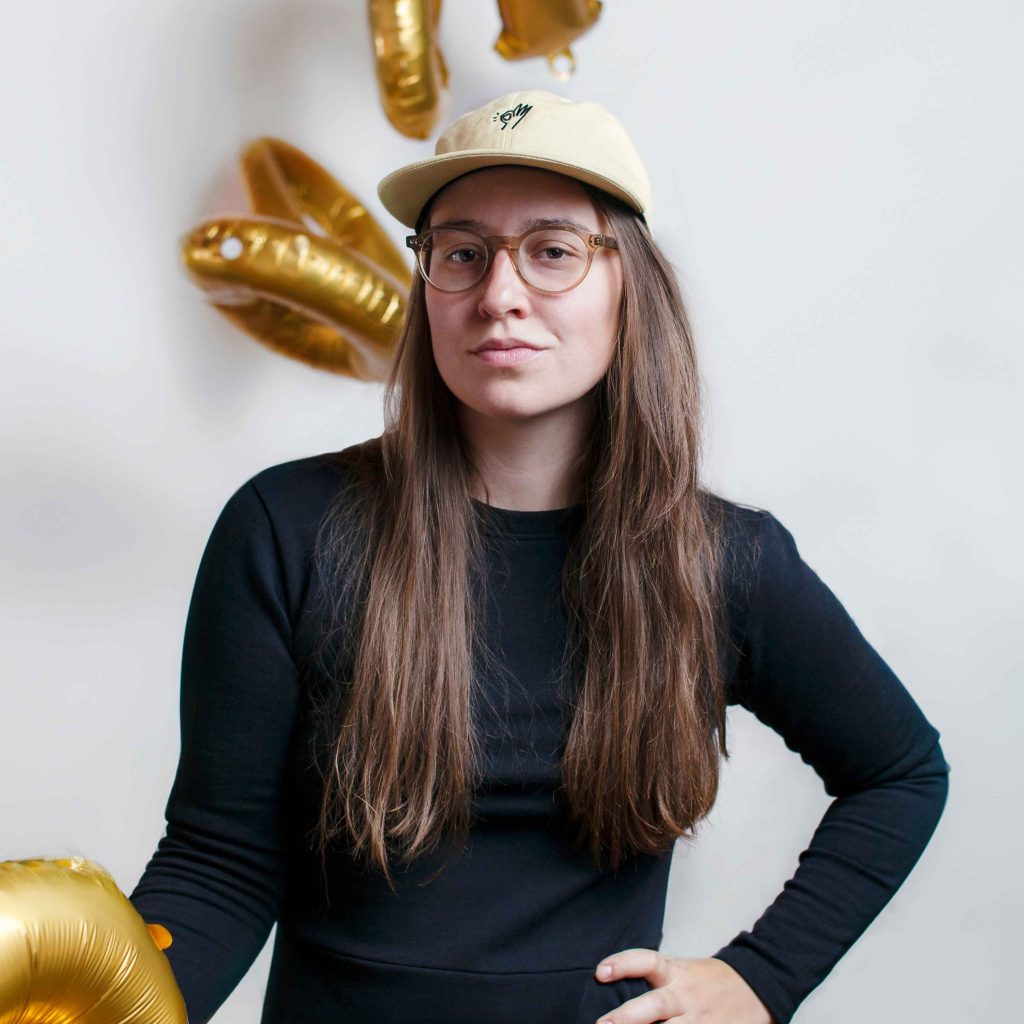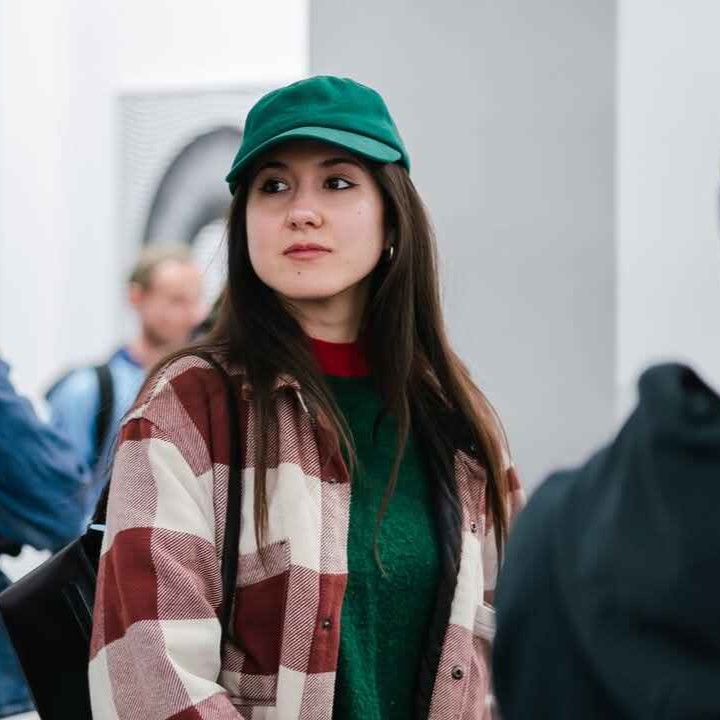Lokart 3.0
fine art biennale
- 2025.06.26.
- 2025.09.21
- my body
- my castle

This summer, Pécs once again becomes the capital of contemporary visual art: works by more than 60 artists will be on display at 6 exciting locations across the city – with a central focus on the body, the body and time, and contemporary questions of body politics.
The Visual Arts Centre is organizing the LOKART Contemporary Visual Arts Biennale for the third time. This unique series of events in Hungary aims to bring together different generations of Hungarian contemporary visual artists on a shared platform.
Launched under the motto “My Body, My Castle”, the exhibition series explores questions of identity, perception, and body politics from a new perspective.
The festival features iconic artists such as El Kazovszkij, Orsolya Drozdik, and Katalin Ladik, alongside members of the Pécs Workshop and emerging young talents.
The guest curator is Áron Fenyvesi, with the concept developed by Valéria Fekete and László Százados.
Helyszínek: m21 Galéria, Pécsi Galéria, Ancora Contemporary Gallery, Nick Gallery, JPM Szerecsen Patikamúzeum, JPM Schaár utca
Közösségi élményekkel és interaktív programokkal búcsúztatjuk a biennálét a kiállítás záró hétvégéjén.
A fesztivál szakmai és kritikai zsűrijében hazai és nemzetközi szakemberek döntöttek.
A díjátadóra az m21 Galériában megrendezett megnyitón került sor 2025. június 26-án.





